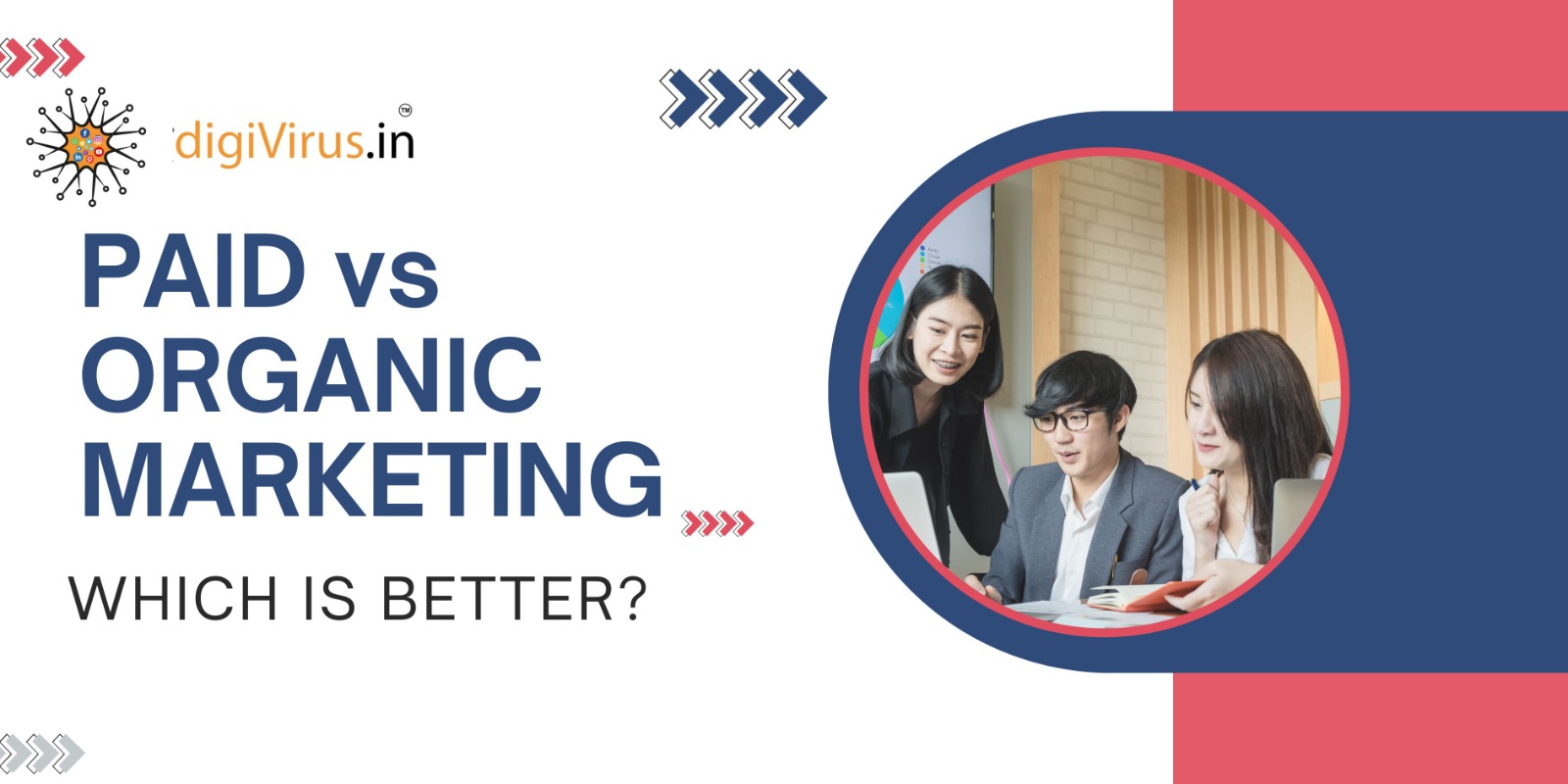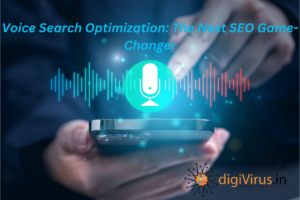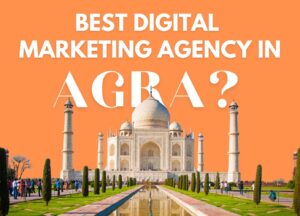There are pros and cons to both paid marketing and organic marketing. Which is the “better” route is dependent on your goals, budget, time constraints, etc. Many successful brands use a mix of both.
Here is a breakdown to help you decide which direction is best for you and your business:
Paid Marketing
Paid Marketing involves withholding, financing, or mercenary, so you can pay for your products, services, or content to be pushed/made visible to potential customers, this can be through:
- Search Engine Marketing (SEO) – Google Ads, Bing Ads
- Social Media – Facebook Ads, Instagram Ads, LinkedIn Ads, X Ads
- Display – Banner ads on websites
- Influencer Marketing – Paying influencers to market/offers value associated with your brand
Pros of Paid Marketing
- Immediate Outcomes: Paid advertising often produces traffic and conversions in real-time.
- Target Audience: Ultimate targeting based on studying and identifying specific demographics, interests, and behaviors.
- Can Be Scaled: You can scale down or scale up depending on your target market and your budget.
- Measurable Performance: Paid ads provide a much deeper analysis and tracking of performance than organic social media campaigns, including CRM and ROI.
- Brand Awareness: Promotional advertising/product performance can quickly (sometimes within a day) create visibility for your brand and leverage additional exposure to a wider audience than just your social media reach.
Cons of Paid Marketing
- Cost: Can be costly, especially in competitive markets.
- Ad Fatigue: Audiences may become desensitized to ads.
- Dependency: When you stop paying, you stop being seen.
- Ad Blockers: Some users may use them to limit their reach.
Organic Marketing
Organic marketing aims to draw in customers as time goes by without paying . This includes:
- Search Engine Optimization (SEO): Making your website better to get a higher rank in search results.
- Content Marketing: Making useful blog posts, articles, videos, and other stuff.
- Social Media Marketing: Growing a community and talking with followers on social media sites.
- Email Marketing: Growing an email list and sending regular newsletters or emails about deals.
- Public Relations (PR): Getting media coverage and good mentions.
Advantages of Organic Marketing
- Budget-Friendly: costs less , but needs time and work.
- Lasting Benefits: High search rankings or a big social media following keep bringing in visitors.
- Builds Trust: People often see top-ranked or shared content as more reliable.
- Steady Growth: Creates a faithful audience and makes your brand an authority as time goes on.
- Better Returns in the Long Run: Though it takes longer, the overall effect can lead to strong returns on investment.
Drawbacks of Organic Marketing
- Time-Consuming: It takes a while to see outcomes with search engine optimization.
- Nothing is certain: Changes in social media trends and search engine algorithms can produce unexpected outcomes.
- Hard Work: Needs ongoing effort in making content fine-tuning, and interacting.
- Gradual Growth: Not as easy to ramp up quickly as paid advertising.
Consider the situation and ask yourself what fits best for your need:
- For a shorter duration of a business impact: Paid ads work best for you. Launch ads for a fresh product, flash sale, or visibility.
- If your budget is tight, though you can afford some time: Organic marketing stands to create good grounds.
- If you want to build authority to trust for an extended period: Organic marketing-keyly content marketing and SEO.
- If your intention is to bombard highly specific people: Paid marketing is endowed with powerful targeting capabilities.
- The Synergy: Combining Both for Optimal Results : Generally, the best approach involves combining paid efforts with organic strategies.
- Use paid marketing to fuel organic efforts: Drive traffic to new content and then leverage the trends in traffic data to revise the organic strategy.
- Complement organic content with paid campaign promotion: Use paid campaigns and promotions for the most engaging blog posts and videos in social media.
- Advertise to retarget those visitors coming from organic search: If somebody lands on your website from SEO but does not turn into a customer, use paid ads to bring the customer back.
- Use paid campaign data to feed into the organic strategy: Consider which keywords or ad copies work in your paid campaign-that knowledge should be used in SEO.
Takeaway
Coming to the ultimate conclusion of a paid marketing versus organic marketing, doubtlessly neither is “better” than the other. Both of these are considered shades in a marketing palette used to attain the objectives. When you equip yourself with the understandings of how they came to work for, and against, each other and differ in scope, you may create an optimal combination that guarantees sustained growth and maximized returns on investment.
Generally, the best marketing is inclusive marketing that views the advantages of both paid and organic marketing to reach your needs.





